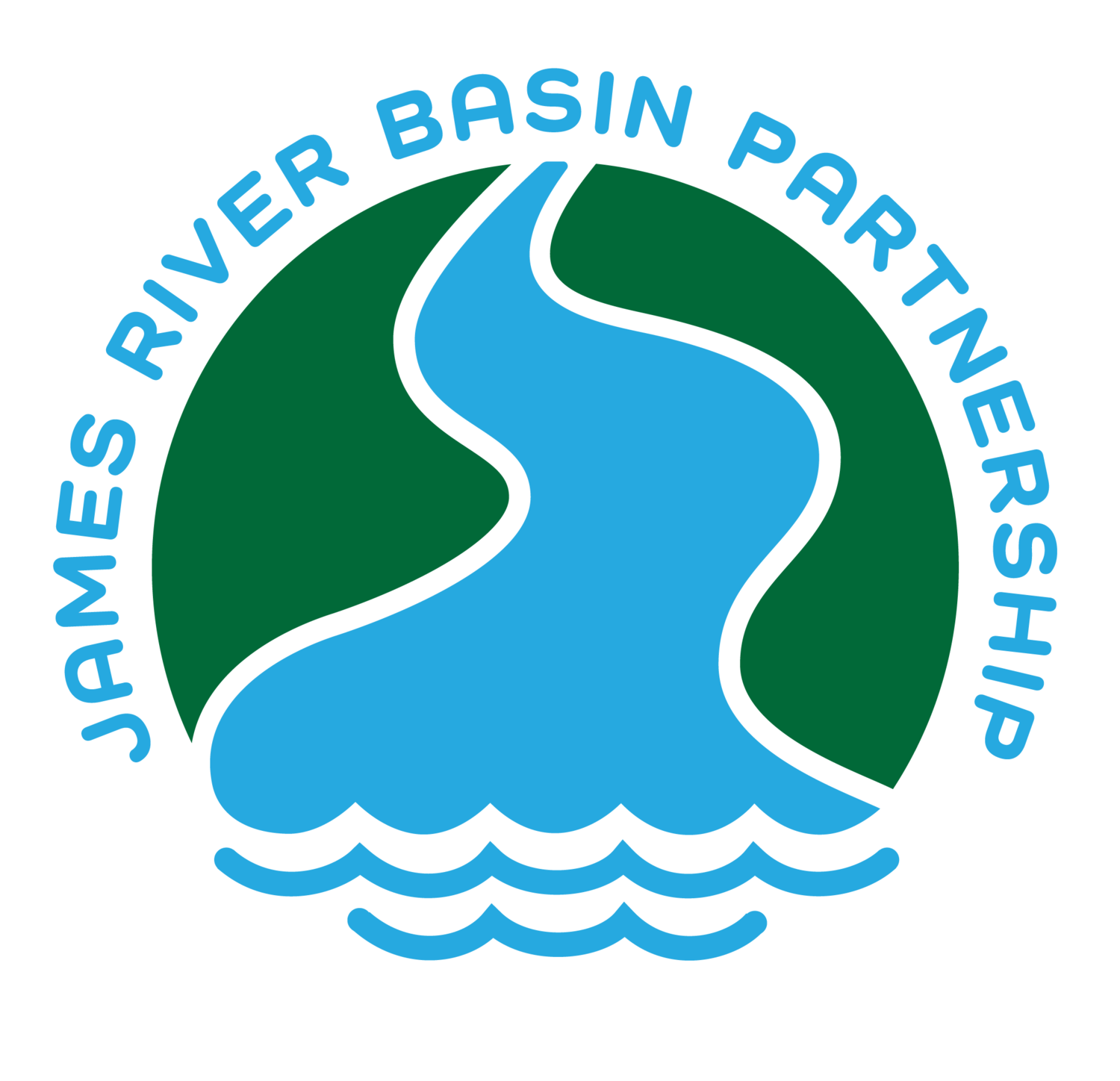The Ozark Float Trip
By Loring Bullard
Missouri has an abundance of clear, swift, and beautiful streams to canoe and kayak. Floating has become so popular that on summer weekends it may seem like everybody is on the river. If it’s solitude you want, you may have to go floating in the off season. Then, if you’re quiet, you might catch a glimpse of reclusive wildlife. You might even get the feeling that you’re alone in the wilderness—the first person to ever dip a paddle in these running waters. But of course, many have been here before you. In fact, floating in Missouri has a rich history.
One of Missouri’s early floaters was Leonard Hall. In his 1958 book Stars Upstream, Hall described floating the Current River in his aluminum canoe—a Grumman. An engineer with the Grumman Company hit upon the idea of an aluminum canoe while portaging a heavy canvas-covered boat in New York State in 1944. Why not build canoes from the same lightweight material used in the company’s famous fighter planes? The next year, the world’s first aluminum canoe rolled off the plant’s assembly line on Long Island.
Before aluminum canoes arrived on the scene, john-boats formed the mainstay of Ozark floating. Traditional john-boats were made from tightly butted wood planks sealed with glue or pitch. After a time in the water the wood expanded, making the boat watertight—but heavy. John-boats weighing 300 pounds dry could become a back-wrenching 800 pounds when waterlogged. These boats were usually narrow and long, sometimes exceeding thirty feet, but were surprisingly stable, accommodating several fishermen.
In the late 19th and early 20th centuries, john-boats provided basic transportation for many of Missouri’s citizens, since roads were rough to non-existent in the state’s rugged Ozark hill country. Travelers would sometimes pole their boats twenty miles upriver just to visit neighbors. Canoes of the wood and canvas variety became available in the early 1900s, but were slow to catch on. The geographer Carl Sauer, writing in 1915, noted that canoes, though apparently well suited to Missouri’s streams, were at the time “almost unknown.”
By the 1920s, many Missourians, especially business people from Kansas City and St. Louis, had discovered the Ozarks as a fishing and recreation paradise. Guided float trips came into vogue. A famous example, the Galena to Branson trip, featured a 125-mile float trip lasting six days or more. These lengthy excursions were made possible by that river workhorse, the john-boat, which could carry the mountains of camping gear as well as paying customers.
Jim Owen perfected guided float trips on the James and White Rivers in southern Missouri. A transplant from Jefferson City, Owen at first knew little about floating or guiding. But his background in advertising gave him an edge in marketing and promotion. He started a Branson-based float service in 1935 with six boats. Potential customers saw ads for his trips in Outdoor Life, Sports Afield and Life magazines. During his thirty-three year tenure as float guide, Owen shepherded over 10,000 fishermen down bass-filled streams.
Aluminum and wood-canvas canoes are still seen on Missouri’s rivers, but for many of today’s floaters the material of choice is plastic. With their one-piece molded bodies, plastic canoes and kayaks have no rivets or plates to crack, buckle and leak. They are flexible, bending on impact and springing back into shape. They slide over rocks without the “grabbiness” of aluminum and are therefore quieter, contributing to a more peaceful floating experience.
Other floating gear has changed too. Hall used an “umbrella” style canvas tent, with internal aluminum poles and an awning over the front door. This heavy, folded tent took up a considerable portion of Hall’s canoe. Today, tents are made of nylon and are lightweight and compactly rolled, with aluminum or composite poles supporting the structure through sleeves or clips sewn onto the outside, all covered by a rain repellent fly. Hall slept in a Dacron sleeping bag on a bulky, rubberized air mattress. Today’s floaters enjoy more lightweight and functional designs for both bags and pads.
For a grub box, Hall used a wooden orange crate with rope handles and an internal divider. One side held the food, the other a cook kit. In the canoe, he kept the box covered with a canvas tarp to keep out the splash. Today’s floaters still need to keep critical items dry in rapids or in the event of a spill, especially on winter floats—necessitating water-tight bags and boxes, possibly the most essential gear of all. Innovations like these have greatly increased the level of safety and comfort for floaters since Hall’s time.
But for Leonard Hall, and for the generations of floaters that followed him, it wasn’t really about the gear—any more than canoeing or kayaking are merely alternative forms of transportation. Rather, it is about getting along in the outdoors—about tuning ourselves into the natural rhythms and movements of wild rivers—immersing our minds and spirits in their timeless flow. That, in large measure, is what floating is all about.
Floating on the James above Galena, July 2019. JRBP Photo.





